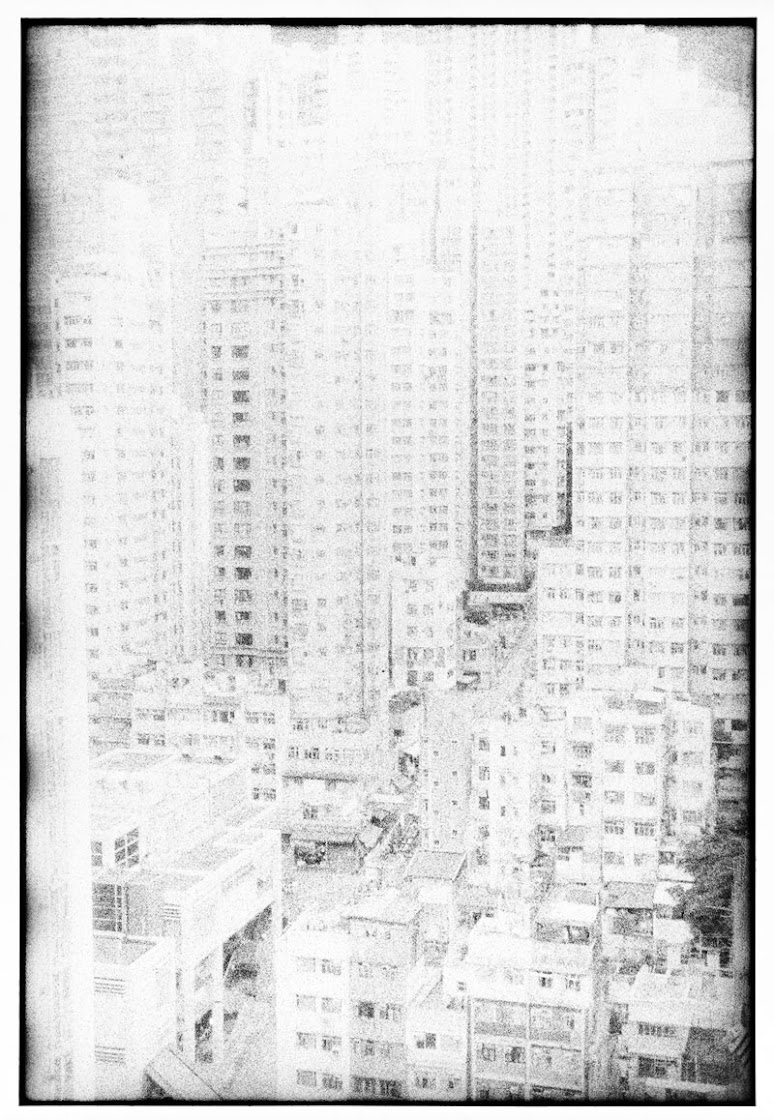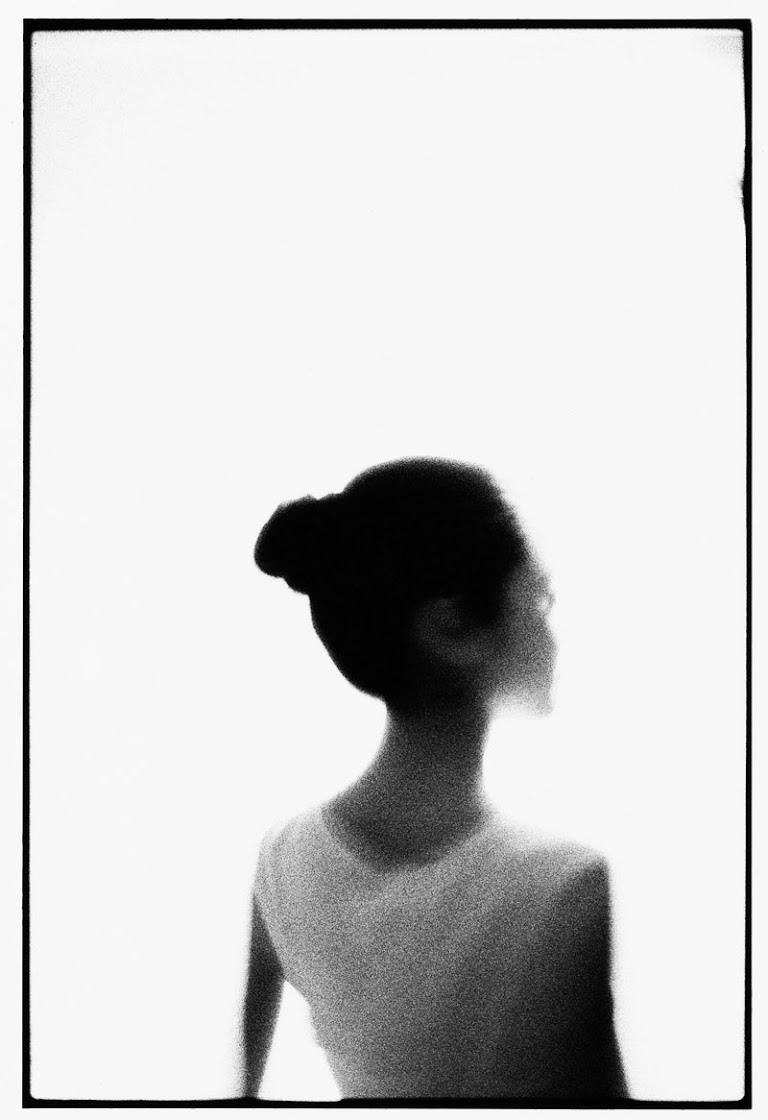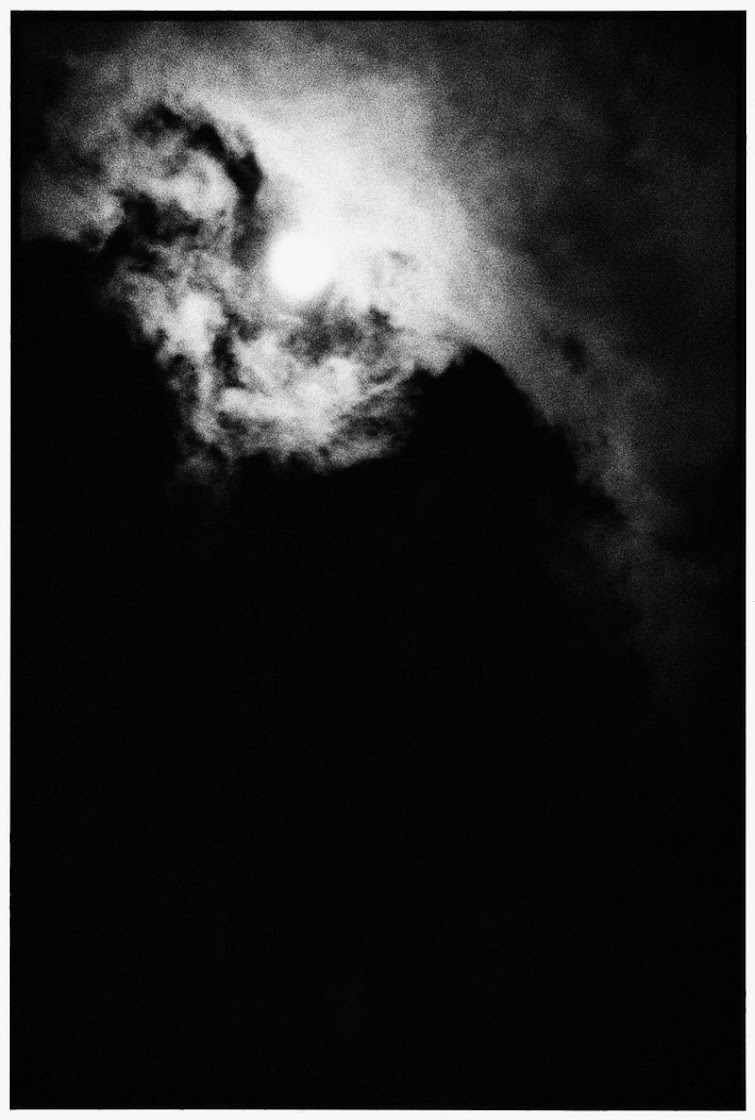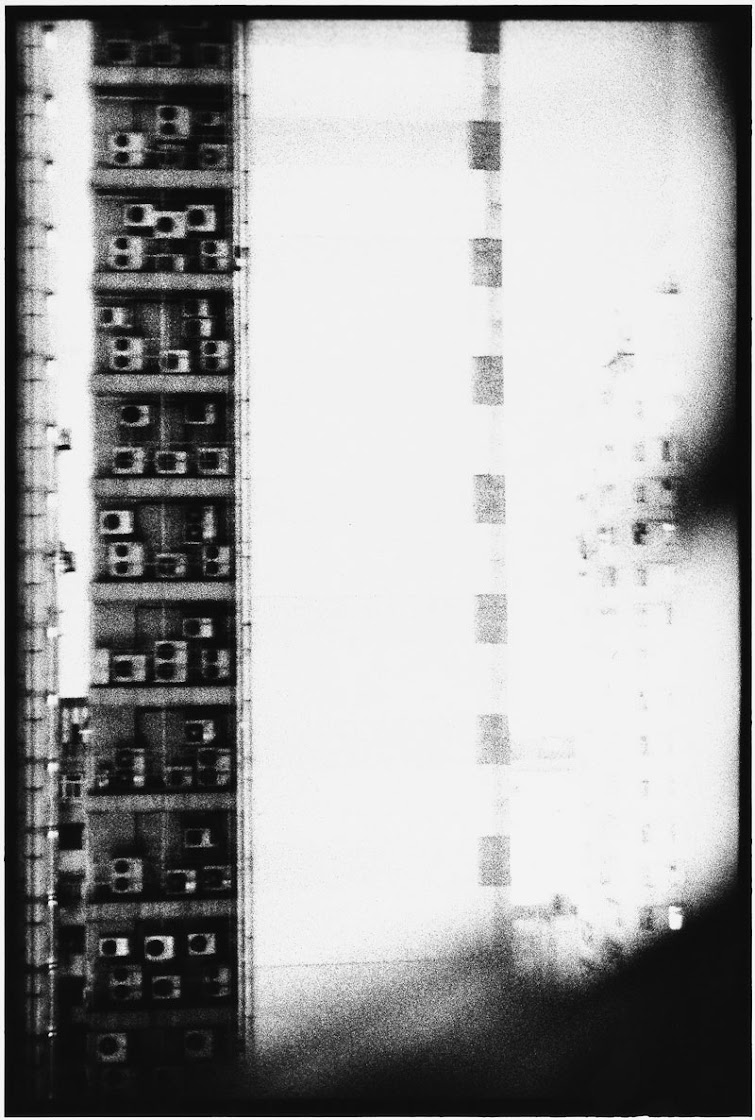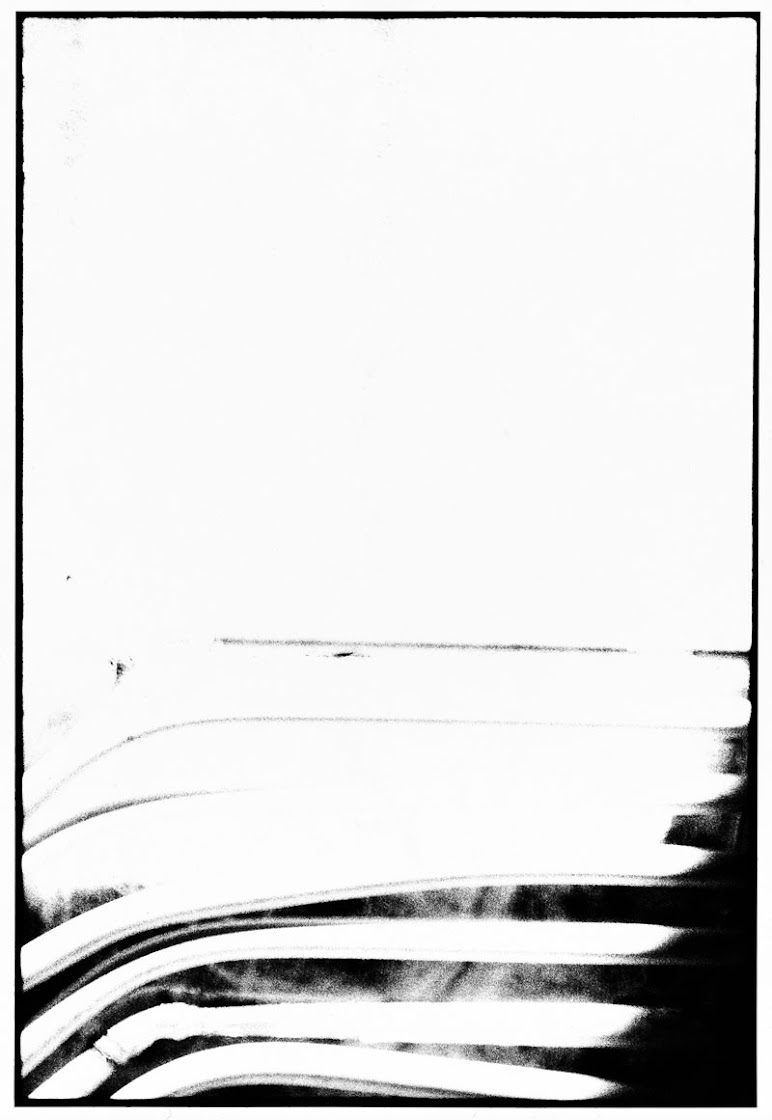Copyright by KAWS | CQC
Born in 1974 in New Jersey, Brian Donnelly, professionally known as KAWS graduated with a BFA from the School of Visual Arts in New York. He has recently had solo exhibitions at The Aldrich Museum, Galerie Perrotin in Paris, and Galeria Javier Lopez in Madrid. He has been included in group exhibitions at the Museum of Contemporary Art, Los Angeles, Torrance Art Museum, Orange County Museum of Art, Yerba Buena Arts Center, San Francisco, and the Contemporary Arts Center, Cincinnati. KAWS has upcoming solo exhibitions at the Modern Art Museum of Fort Worth and the High Museum in Atlanta. He has had four monographs published about his work, the most recent in 2010 by Skira/Rizzoli.
KAWS
Merry Wanderer of the Night [Search results for Exhibitions]
The Beautiful Artwork Of Brian Donnelly Aka Kaws

Skyscraper under an inclination
The main figures of this project — height of 160 metres, the budget of 1 336 million euro. Besides it, the tower is obviously inclined to effects. Capital Gate, the project of bureau RMJM on 4 degrees have overtaken the well-known tower in Pisa (18 degrees of an inclination against 14).Art Tower in Dubai
The developer of the project is international exhibition company Abu Dhabi (Abu Dhabi National Exhibitions Company (ADNEC).
“Capital Gate — fine result of a combination of accurate vision, creativity and adaptability to manufacture of the engineering decision. I am very happy with process and would like to express gratitude to all people involved in an embodiment of this surprising project during a life”, — the operating director of group ADNEC speaks Simon Horgan.
Tony Archibold from RMJM has declared, that the technologies applied in the given project, were not applied still anywhere and never in the world.
In a tower hotel Hyatt 5* which will offer visitors of 189 numbers, and also office areas will be located. On 18th floor of a tower it will be placed tea with an open terrace and pool, with a kind on a city and a gulf.
That the building has sustained a non-standard inclination, it is placed on a concrete facade by depth of 2,1 metres; the design represents architectural system in the form of a steel diagonal lattice, which leaves in the earth on 30 metres to provide stability to winds, gravitational and seismic.Great Gate of Capital

UK: British Museum considers more ‘Elgin Marbles’ loans
The British Museum is considering three further overseas loans from the Elgin Marbles – but a reluctance to entertain the sculptures’ return to Greece is set to provoke renewed anger in Athens.
Moves could reignite tensions over Greek art treasures [Credit: Independent] Last year the British Museum allowed part of the Marbles to leave the country for the first time when it lent the headless statue of Ilissos, a Greek river god, to the State Hermitage Museum in St Petersburg.
Greece, which is seeking to reclaim ownership of the 2,500-year-old sculptures removed from the Parthenon in Athens in the 19th century by Lord Elgin, described the Russia loan as “provocative”.
A current request from the British Museum for a key antiquity from the Museum of Cycladic Art in Athens for a forthcoming exhibition on classical sculpture has been delayed, in what is being seen as retaliatory move by the Greek authorities.
The work has been requested for the show, “Defining Beauty: the Body in ancient Greek Art”, which opens in March.
The delay is ascribed to “tensions” with the Greek government, despite friendly curatorial relations between the two institutions – the British Museum currently has 24 items on loan to the Cycladic museum.
However the chances of securing the loan in time for the exhibition may be harmed by the news that the British Museum is seriously entertaining bids for further Elgin Marbles loans to museums outside of Greece.
“Three serious bids are being considered,” The Art Newspaper reports, including one informal loan request made before the Hermitage deal was revealed.
New York’s Metropolitan Museum of Art, Berlin’s museums and the Louvre in Paris are the kind of institutions which “stand the best chance of success” when formal loan requests are submitted, the art title suggested.
The British Museum would expect any museum to which it lends the Parthenon sculptures to “be generous in responding to loan requests” made in return by the London body. Requests for single sculptures will be more favourably received, it is suggested. Bids are also expected from the UK’s regional museums which could expect huge interest in displaying items from the famous collection.
The Museum confirmed that further loans from the Elgin sculptures are being considered. A spokesman said: “Museums around the world have shown interest in requesting to loan from our set of Parthenon sculptures, and we always welcome these conversations. The Trustees will consider any request for any part of the collection to be borrowed and then returned, subject to the usual considerations of condition and fitness to travel and this has always been made clear to the world.”
Further Marbles loans will inflame tensions with Athens. Antonis Samaras, the Greek prime minister, described the loan of the Parthenon sculpture to the Hermitage as “an affront to the Greek people”.
Some of the Marbles will be moved from their permanent display to the temporary exhibition gallery for the British Museum’s March show, including the pediment sculptures of Ilissos, which will be returning from Russia, Iris and Dionysos.
However time is running out to strike an agreement with the Museum of Cycladic Art for the work that the London museum is seeking. The British Museum spokesman said: “We have requested to borrow one object from Greece and await the official response. The Museum has very positive working relationships with colleagues in Greece and lends extensively to museums in Greece including 24 objects on loan to two temporary exhibitions at the Museum of Cycladic Art in Athens.”
The Athens museum declined a request to comment. A source said: “The museum is happy in principle to lend the work but the Greek government is stalling on the paperwork.”
Greece refuses to recognise the British Museum’s ownership of the sculptures, which make up about 30 per cent of the surviving decoration from the Parthenon.
Author: Adam Sherwin | Source: The Independent [January 06, 2015]
UK: Magna Carta originals reunited for anniversary
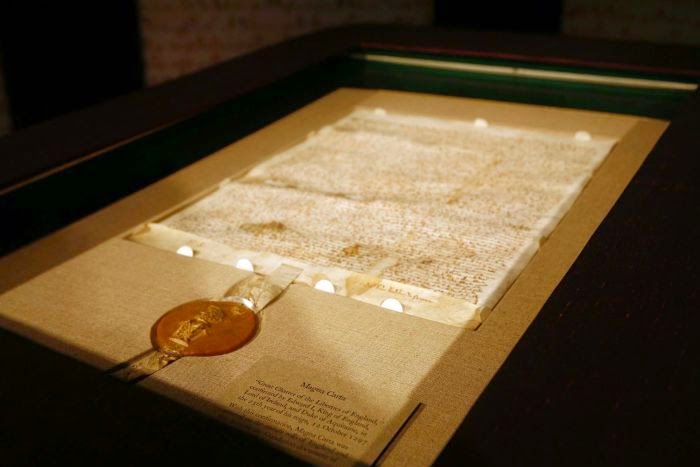
Four surviving original copies of the Magna Carta are on display in London as Britain begins 800th anniversary celebrations of the globally significant contract. 
The Magna Carta has been revered as the "birth certificate
of freedom" for centuries [Credit: Reuters]Considered the cornerstone of modern democracy, liberty, justice and the rule of law, the 1215 English charter forms the basis for legal systems around the world, such as the Universal Declaration of Human Rights and the US Constitution.
About 1,200 people, drawn from a ballot, have won the chance to see the unification event at the British Library, which brings together its two originals with those of Lincoln and Salisbury cathedrals.
The four parchments will then be on private display in the UK parliament, marking the start of a year of celebrations for a document that still has resonance eight centuries later.
"No free man shall be taken or imprisoned or disseized or outlawed or exiled or in any way ruined, nor will we go and send against him except by the lawful judgement of his peers by the law of the land," the document states in Latin.
"To no one will we sell, to no one will we deny or delay right or justice."
Charter made after rebel barons challenged king
In June 1215, the wayward King John agreed to the demands of rebellious barons to curb his powers and sealed the charter at Runnymede, a meadow by the River Thames west of London.
Although nearly a third of the text was dropped or substantially rewritten within 10 years and almost all the 63 clauses have been repealed, Magna Carta principles have become "a potent, international rallying cry against the arbitrary use of power", the British Library said.
One of Britain's Supreme Court judges, Anthony Clarke, said it was still important for governments seeking a balance between issues of security, individual rights, the rule of law and the "principles of justice that lie at the foundation of society".

The four surviving copies of the Magna Carta being prepared for display
at the British Library [Credit: Clare Kendall/British Library/PA]He said the principles that justice should be available to all, the law applies to all equally and leaders can only exercise power in accordance with the law continue to be fought for in many parts of the world.
Magna Carta Trust, which looks after the memorial site in Runnymede, said the charter's importance was growing.
"800 years on, Magna Carta's best days lie ahead," it said.
"As an idea of freedom, democracy and the rule of law, it is lapping against the shores of despotism.
"The principles set out in Magna Carta have driven the Arab Spring and the continuing protests against despotism around the world."
Magna Carta 'linked to prosperity'
The principles of the Magna Carta extend well beyond the world's common law jurisdictions such as the United States, India and Australia which inherited England's legal system.
Lawyer David Wootton, a former lord mayor of London, said English law was the "common currency" of global business deals precisely due to the protections derived from Magna Carta.
"Investors regard their money as safe here (in London) because of the protections in the legal system," he said.
"There is a close relationship between economic development, societal development and the quality of a country's legal system."
Events are being staged across Britain throughout 2015 to mark the anniversary, including a major international commemoration event at Runnymede on June 15.
Exhibitions, debates, conferences, church services, lectures, charity dinners, theatre performances, tourist trails, village fetes, and even a national peal of bells are being staged.
There will also be a mock trial of the barons who forced the creation of the charter in parliament's Westminster Hall to debate whether they were guilty of treason.
Source: AFP [February 02, 2015]
National Ecological Institute in South Korea
The company «Samoo Architects» together with Grimshaw Architects have presented to the world the project on area Sochhon arrangement in South Korea. A part of forthcoming changes — building of National ecological institute by the area more than 33,000 sq.m.The interconnected domes
The project includes erection of the interconnected domes representing triangular hothouses from a tree and plexiglas.
«The national ecological institute is a building of the future, solving problems of the present. Universal researches of a climate, safety and harmonious existence of the person and the nature Here will converge. Besides, this establishment will promote education of the population in the field of a modern condition of world resources and ecological systems. To carry out it it is planned by carrying out of scale exhibitions and lecture halls» — the press-secretary «Samoo Architects» has told.The structure of a building, especially, at a sight from above, expresses the relation of architects to interaction of the person and the nature. Light, smooth lines, the harmonious structure reminding inflow of the river, the thought over landscape design — all it gives to the project the present and corresponds the last to tendencies in building of buildings of a similar orientation.Buildings of the future
Smart’s Future of the City Continues

Copyright by smart | Design Aram Dikiciyan
smart urban stage is a global online project dealing with the term FUTURE OF THE CITY. We ask pioneers from metropolises around the world to question the urban status quo. the results are visions, ideas and solutions for sustainable lifestyles, modern social systems and forward-looking developments in the fields of architecture, design and technology. the worldwide event series is exhibiting ideas and solutions of forward thinking future makers. the brand behind this online project is the car manufacturer smart, which hosted special events throughout Europe during the last two years.
Now smart initiated the online project FUTURE OF THE CITY. Within their Q&A series allrounder Marcelo Burlon asked photographer Aram Dikiciyan: How would a city look like without concrete? His answer: A city without concrete is bathed in light.
Burlon: A few years ago I was in the north of Brazil, in a little village called Jericoacoara and then I moved to Praia de Pipa. In this time the streets were made out of sand and all the little houses were out of wood. All was full of trees and the atmosphere during the evening is something really unbelievable. I imagined a city a hundred times bigger than this little village with the same concept. Imagine how the summer will be without all that concrete. How the kids will grow up and the older people will enjoy their last years.
Dikiciyan:Throughout the life over there he found that things are generally rather unpredictable but definitely either interesting to thrilling or surprising to wondrous thus a little predictable then again. He dealt with the inconceivable which allowed him to catch a glimpse of what he called then the futurity of his own: Fragments of what could be or how it could look like. He never knew exactly what it was but it provided an insight into what could have been. So what would he have imagined about tomorrow? Life to consist of dark days and bright nights? Or rather bright days and blinding nights? Reflective surfaces, glowing and pumping? Intermittent pulsating conducting the rhythm of time? Busy veins but orderly? Kindness? Goodness? Awkwardness? Frequent beauty?
Aram Dikiciyan was born in 1974 in West-Berlin. He moved to Tokyo in 2004, where he has been resident ever since. Exhibitions of his work have been held in Tokyo, Berlin and Hong Kong. He has been represented by Berlin Gallery Camera Work since 2008.
FUTURE OF THE CITYNew building for Royal College of Art
The building for faculty of drawing Royal College of Art is more similar to a place for faculty of hairdresser's art — an equal teeth and a roof teeth are ideally combed by architects under a comb. The project of the London architects from Haworth Tompkins.Original college in London
Originality of a design consists that have inserted a steel skeleton into an existing brick building.
The zigzag roof from a North side is glazed, allowing to provide a premise additional illumination. In a building 58 students can be trained.
Here rooms for study, seminars, exhibitions, administrative premises, and also studios for the artists coming on various actions will be equipped.


Art College in London













